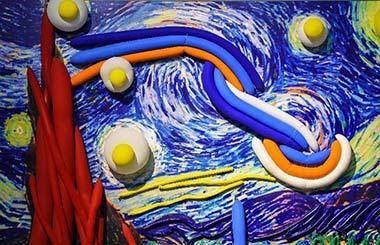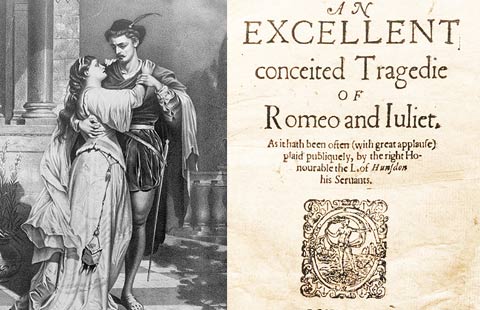Expert seeks to plug gaps in history of Chinese calligraphy
By Wang Kaihao ( China Daily ) Updated: 2015-10-28 08:37:00A new book dealing with China's long history of calligraphy has just hit the market.
History of Ancient Chinese Calligraphy Fine Arts, published by China Social Sciences Press, was released at a ceremony at the Palace Museum, also known as the Forbidden City, in Beijing last week.
Zhang Zhihe, 57, a veteran researcher from the museum who has spent nearly five decades doing calligraphy, feels relieved that project is complete. He spent 18 years working on the book.
"When you talk about history, it's much more serious than writing books about the art," says Zhang, explaining why he took so long to finish the book despite the fact that he published several best-selling brochures on calligraphy as early as the mid-1990s. He has even published 31 books since then.
"I did not want to copy previous ideas. Though many older calligraphy books give some history, few of them are complete."
For example, though older books say that the period of the Eastern Jin Dynasty (AD 317-420) in the south of China is considered as the time when Chinese calligraphy reached its zenith, with masters like Wang Xizhi, there is practically nothing said about calligraphy of contemporary northern China.
The calligraphy of the Liao (916-1125) and Jin (1115-1234) dynasties, two regimes in northern China established by nomadic ethnic groups, has found little mention though calligraphy in that period was at a peak.
Zhang's recent book tries to fill these gaps, according to Zhao Jianying, editor-in-chief of China Social Sciences Press.
"Calligraphy is a reflection of ancient Chinese people's philosophy. It is an important medium to transmit traditional Chinese culture," Zhao says.
Four hundred pictures of calligraphy are used in the book to give readers good visual examples.
"This is not only a history book but it also offers the writer's views as a longtime calligraphy practitioner," Zhao says.
Zhang learned his calligraphy from Qi Gong, who is hailed as one of the greatest modern Chinese calligraphers.
He points out in the book that many of today's calligraphy learners use so-called masterpieces as examples, which were not works by ancient masters-they were mostly from account books or official files.
Zhang calls for a more balanced view toward these works.
The book also contains works of ordinary literati or lesser-known calligraphers to give readers a view of writing habits in different dynasties. Similar books usually focus only on the masters.
Different popular points of view from calligraphy critics about different dynasties are also featured in the book.
Zheng Xinmiao, director of research institute of the museum, says: "The book is also the result of academic study at the Palace Museum."
He added that similar projects would help the museum nurture more professionals and develop more expertise in studying calligraphy.
The Palace Museum's research institute was set up in 2013. A department dealing with calligraphy and painting appraisal was established at the institute in July 2015.
|
|
|
|
|
|
|
|





















 Raymond Zhou:
Raymond Zhou: Pauline D Loh:
Pauline D Loh: Hot Pot
Hot Pot Eco China
Eco China China Dream
China Dream China Face
China Face






